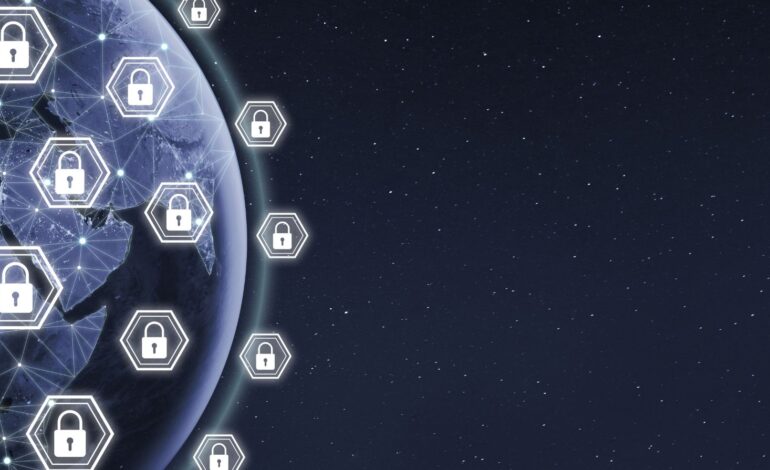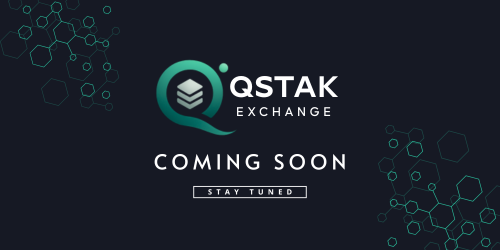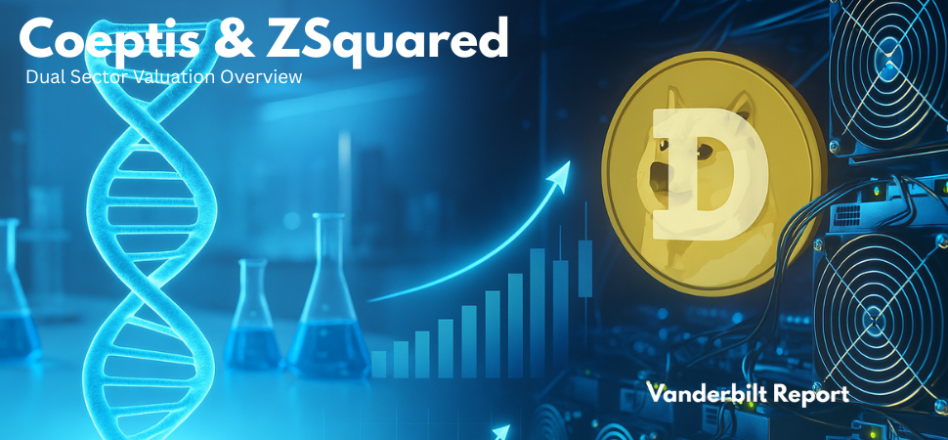Grid Decentralization: Cybersecurity and Operational Challenges

The energy grid is undergoing a profound transformation through decentralization, fueled by the integration of distributed energy resources (DERs), renewable generation, and smart grid technologies. Grid decentralization enables localized energy production and consumption, enhancing resilience, reducing transmission losses, and facilitating the transition to clean energy. However, this evolution introduces significant cybersecurity and operational challenges that stakeholders must address to ensure the stability and security of the grid.
One primary challenge stems from the expanded attack surface created by numerous interconnected DERs such as solar panels, wind turbines, battery storage, and electric vehicles. Each device and communication node represents a potential vulnerability that cyber adversaries can exploit to disrupt energy delivery, manipulate data, or cause physical damage. The complexity of managing these heterogeneous assets across diverse ownership and control domains makes consistent cybersecurity enforcement difficult.
Operationally, decentralized grids require sophisticated coordination and real-time management to balance supply and demand locally and at the system-wide level. Distributed control systems need rapid communication and robust fault tolerance to prevent cascading failures. Network latency, interoperability issues among devices and protocols, and variable renewable output complicate these efforts. Cyberattacks targeting control systems, such as manipulation of set points or grid frequency, threaten to destabilize operations and impact critical infrastructure.
Addressing these challenges calls for a layered cybersecurity approach integrated into grid architecture from the design phase. Key measures include implementing zero trust frameworks for device authentication, continuous monitoring with AI-enhanced anomaly detection, network segmentation to isolate critical assets, and robust encryption for data integrity. Regular vulnerability assessments, penetration testing, and incident response planning ensure preparedness against emerging threats.
Collaboration among utilities, technology vendors, regulators, and cybersecurity experts is essential to develop interoperable security standards, share threat intelligence, and promote best practices. Investment in workforce training and awareness further strengthens the human element of grid defense.
In summary, grid decentralization offers substantial benefits for sustainability and resilience but requires addressing complex cybersecurity and operational challenges. Proactive, coordinated efforts to secure decentralized energy systems are vital to maintain reliable, safe, and efficient power delivery in the evolving energy landscape.








